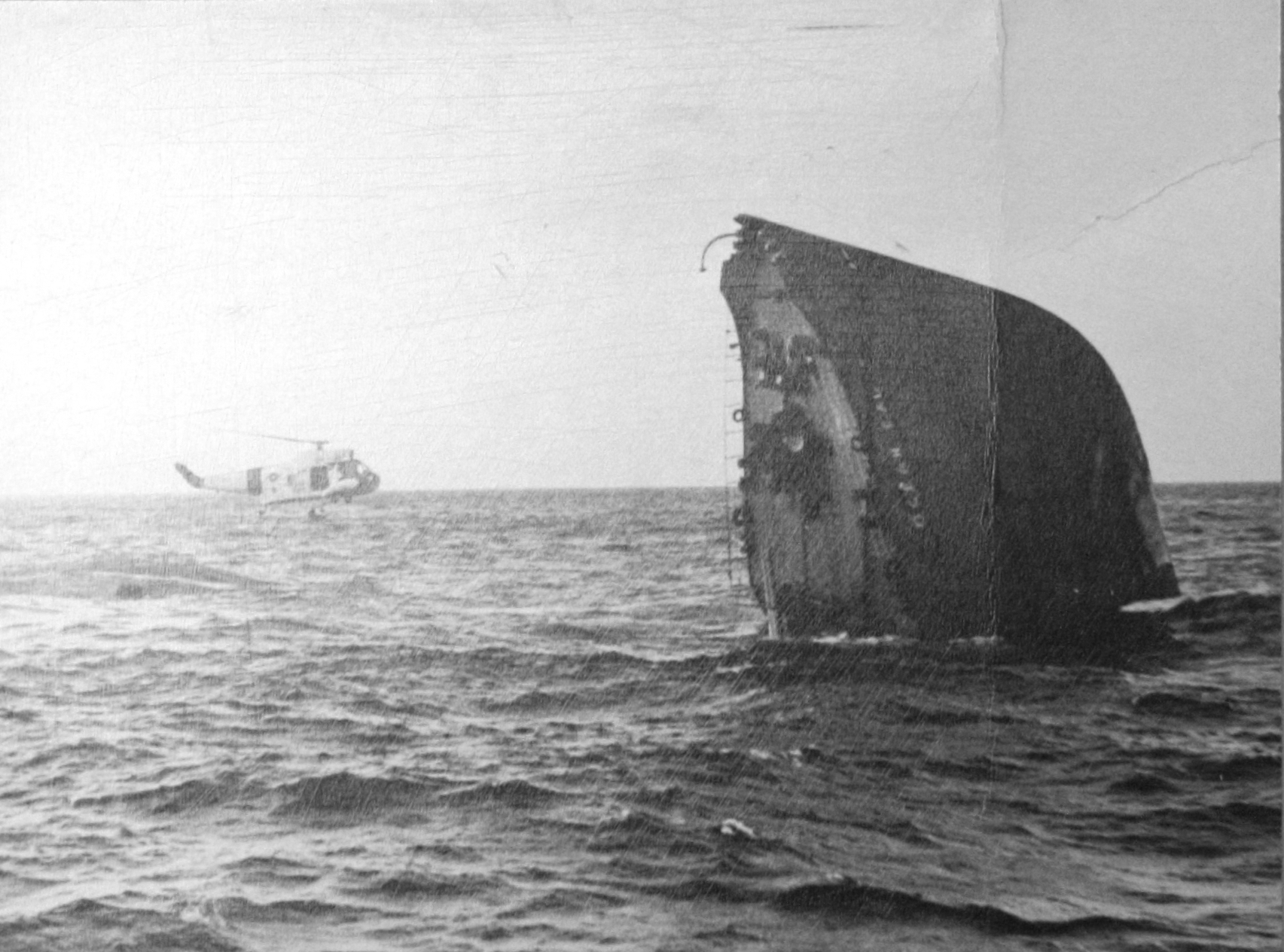MSTS shoulder boards represent the terminus of an organic means of classifying commercial ship officers and the classification scheme re-written by a military authority. I should mention that when I speak about MSTS personnel, I am not discussing the military departments aboard ships or in port, nor commercial ships contracted by MSTS with domestic or foreign commercial crews, rather those mariners employed by the United States government and known euphemistically as “CIVMARS” – an abbreviation in Navy-speak for “civilian mariners.”
After the First World War, the United States saw a great expansion of its merchant fleet, and within the fleet, there was a need to classify and organize shipboard positions. Just as the United States Navy experimented with using the British Royal Navy’s means of identifying branch officers through colored cloth between cuff lace. the United States maritime establishment did the same. Unlike the British, the United States Navy eventually settled on using complementary pieces of insignia on shoulder boards, cuffs, and collars to identify different staff corps or branches. Through the 1930s, merchant shipping steadfastly followed the British model (although USL did use U.S. Navy executive stars – but only because most deck officers were members of the U.S. Naval Reserve). Since the Army Transport Service was manned by civilians, cuff lace and shoulder boards also followed a modified British model. This changed with a reorganization of the ATS along military lines in 1943; the uniforms and insignia took on a very “Navy” feel. Postwar and over the next couple of decades, civilian shipping began to use the symbols of the U.S. Navy in earnest; abandoned were quills for pursers and adopted were the oak leaf clusters of the supply corps. Although, MSTS and MSC did retain the old symbols for “petty officer” insignia.
The United States Navy took a hierarchical view of shipboard operations and this idea played out most visibly among MSTS officers. Since MSTS was a civilian organization run by the U.S. Navy using Navy nomenclature and given that MSTS personnel were granted (limited) access to Navy facilities, the U.S. Navy used a system of equivalent rank for MSTS shipboard positions. This equivalent rank aligned with GS (Government Service) numbers, and NATO rank numbers; insignia worn on MSTS uniforms reflected the same.
Slightly confusing matters, many MSTS crew members were members of the U.S. Naval Reserve and were enrolled in the United States Maritime Service. Thus, one may find a whole host of shoulder boards and insignia belonging to a single individual worn in discrete contexts. However, the U.S. Navy forbade any other insignia and badges except those of the MSTS to be worn while in the employ of the MSTS.
Please see a table beneath the gallery for equivalent ranks and shipboard position.
msts position & usn equivalent rank
In corresponding with an individual who worked on an MSTS cable ship, I learned:
In general the officers [had] “equivalent rank” in military shore facilities. Theirs was more formal than ours and they were treated as those insignia indicated. Ashore at a Navy base they always wore uniforms unless headed into town and then never, particularly in our case where the ship and its movements were anything but publicized. Since we had no uniform we sometimes had a few more questions raised, particularly in some isolated base like Midway. It is kind of difficult to keep up the pretense of “just a cargo ship” when there are a bunch of strange civilians showing up at the “O” Club with ID in some cases showing an equivalent rank to the base commander. That could get a bit weird and in turn cause some security problems with curiosity.
[S]hip’s officers [were] Excepted Civil Service. In other words like doctors and lawyers they went straight in on the benefit of recognized licenses. Captains were GS-15 equivalents and the military assimilated grade was O-6 (Colonel, Navy Captain), though some had pay that kicked them up higher. My contact was a GS-17 equivalent, a Civil Service “supergrade” and Rear Admiral upper half assimilated grade.
The military often did not “like” those assimilated grades but had no choice but recognize them for “courtesy” purposes. I got a bit amused when I pulled a special assignment as liaison with Coast Guard on a survey. My place had been set at the foot of the table in the wardroom. The next meal I found my place across from the XO and next to the Captain. Someone had looked at my assimilated grade and realized I ranked everybody except the skipper and had seniority over him. Navy would have been grudging at best, they got a kick out of it and I was the old “sea dog” of them all. All sorts of old arguments got settled by kicking it to me. The first sign was one afternoon waiting for dinner when the XO told one of the junior officers to ask me what a banana boat might be. I explained the fast small ships in the fruit trade and found there had been a raging disbelief among young officers. They thought they were getting the “grease the relative bearings” treatment.
By the way, some of our MSTS skippers were reserve Navy and were admirals. We were getting really bad treatment at Midway until our skipper let it be know his reserve rank was a two star. He had the base XO at attention as he explained the message he’d just draft to the OPNAV (CNO office) that had ordered us there and the base to support us. It read something like “NAVSTA Midway unable to provide logistics support as directed in your (message ref). Please advise the nearest port capable of that support” and needless to say all of a sudden the vegetables and meat delivered for our next ops was no longer rotten. I’d watched crates of “lettuce” oozing slime all over our deck an hour before.



























